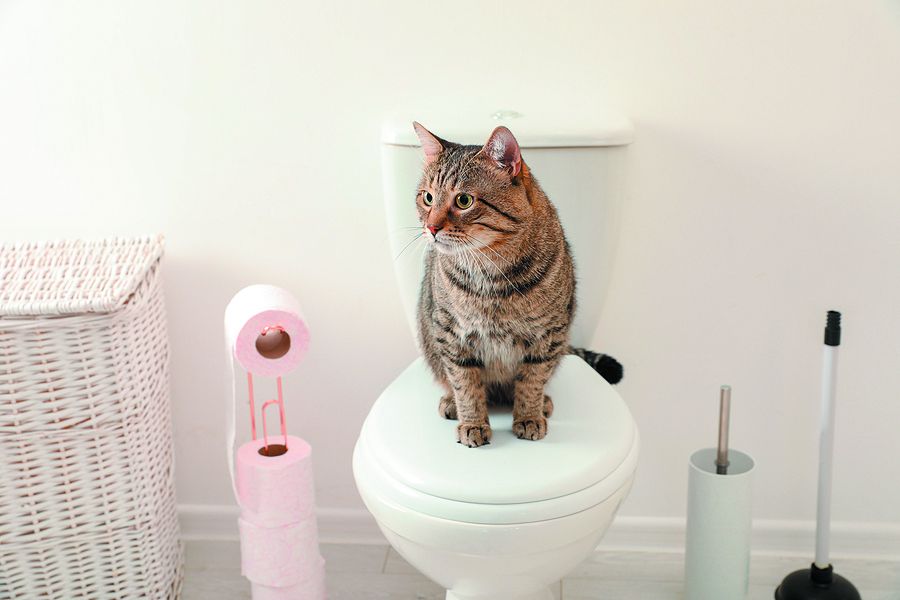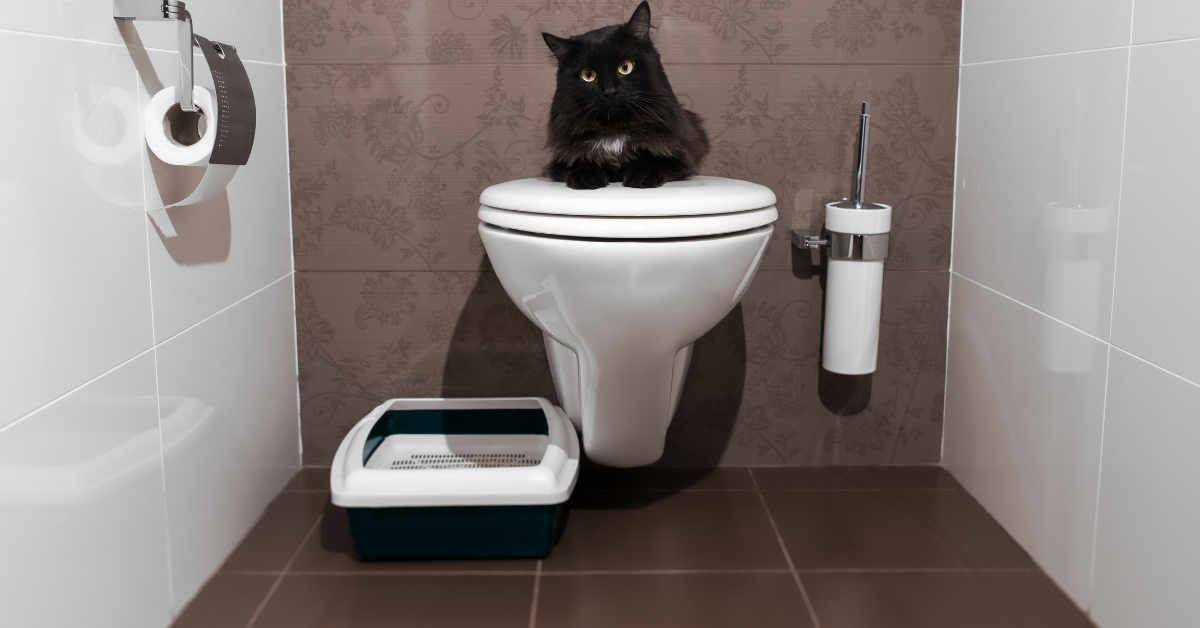Prevent Clogs and Damage: Don't Flush Cat Poop Down Your Toilet - Expert Recommendations
Prevent Clogs and Damage: Don't Flush Cat Poop Down Your Toilet - Expert Recommendations
Blog Article
In this article below you can find a bunch of awesome guidance around Can You Flush Cat Poop Down The Toilet?.

Introduction
As pet cat proprietors, it's important to be mindful of just how we get rid of our feline close friends' waste. While it might seem practical to purge feline poop down the commode, this method can have destructive effects for both the environment and human health and wellness.
Alternatives to Flushing
Fortunately, there are more secure and more responsible methods to dispose of feline poop. Think about the complying with alternatives:
1. Scoop and Dispose in Trash
One of the most typical approach of taking care of pet cat poop is to scoop it into a biodegradable bag and throw it in the garbage. Make certain to utilize a committed clutter inside story and dispose of the waste quickly.
2. Use Biodegradable Litter
Go with biodegradable pet cat trash made from materials such as corn or wheat. These clutters are eco-friendly and can be securely taken care of in the trash.
3. Bury in the Yard
If you have a yard, consider hiding feline waste in a marked location away from vegetable gardens and water resources. Be sure to dig deep sufficient to avoid contamination of groundwater.
4. Mount a Pet Waste Disposal System
Invest in a family pet waste disposal system especially developed for pet cat waste. These systems make use of enzymes to break down the waste, lowering smell and ecological effect.
Health and wellness Risks
Along with ecological problems, flushing cat waste can likewise pose health dangers to human beings. Cat feces may contain Toxoplasma gondii, a bloodsucker that can cause toxoplasmosis-- a potentially extreme health problem, specifically for expectant females and individuals with weakened body immune systems.
Environmental Impact
Purging cat poop presents harmful microorganisms and parasites right into the water system, positioning a substantial risk to aquatic communities. These impurities can negatively impact aquatic life and concession water top quality.
Final thought
Accountable pet ownership prolongs past supplying food and sanctuary-- it also entails appropriate waste management. By avoiding flushing pet cat poop down the commode and selecting alternate disposal methods, we can lessen our ecological footprint and safeguard human health and wellness.
Why Can’t I Flush Cat Poop?
It Spreads a Parasite
Cats are frequently infected with a parasite called toxoplasma gondii. The parasite causes an infection called toxoplasmosis. It is usually harmless to cats. The parasite only uses cat poop as a host for its eggs. Otherwise, the cat’s immune system usually keeps the infection at low enough levels to maintain its own health. But it does not stop the develop of eggs. These eggs are tiny and surprisingly tough. They may survive for a year before they begin to grow. But that’s the problem.
Our wastewater system is not designed to deal with toxoplasmosis eggs. Instead, most eggs will flush from your toilet into sewers and wastewater management plants. After the sewage is treated for many other harmful things in it, it is typically released into local rivers, lakes, or oceans. Here, the toxoplasmosis eggs can find new hosts, including starfish, crabs, otters, and many other wildlife. For many, this is a significant risk to their health. Toxoplasmosis can also end up infecting water sources that are important for agriculture, which means our deer, pigs, and sheep can get infected too.
Is There Risk to Humans?
There can be a risk to human life from flushing cat poop down the toilet. If you do so, the parasites from your cat’s poop can end up in shellfish, game animals, or livestock. If this meat is then served raw or undercooked, the people who eat it can get sick.
In fact, according to the CDC, 40 million people in the United States are infected with toxoplasma gondii. They get it from exposure to infected seafood, or from some kind of cat poop contamination, like drinking from a stream that is contaminated or touching anything that has come into contact with cat poop. That includes just cleaning a cat litter box.
Most people who get infected with these parasites will not develop any symptoms. However, for pregnant women or for those with compromised immune systems, the parasite can cause severe health problems.
How to Handle Cat Poop
The best way to handle cat poop is actually to clean the box more often. The eggs that the parasite sheds will not become active until one to five days after the cat poops. That means that if you clean daily, you’re much less likely to come into direct contact with infectious eggs.
That said, always dispose of cat poop in the garbage and not down the toilet. Wash your hands before and after you clean the litter box, and bring the bag of poop right outside to your garbage bins.
https://trenchlesssolutionsusa.com/why-cant-i-flush-cat-poop/

As an enthusiastic person who reads on Don’t flush cat feces down the toilet, I was thinking sharing that excerpt was essential. Make sure you take the time to promote this article if you enjoyed it. We thank you for reading our article about How to Dispose of Cat Poop and Litter Without Plastic Bags.
Request Appointment Report this page